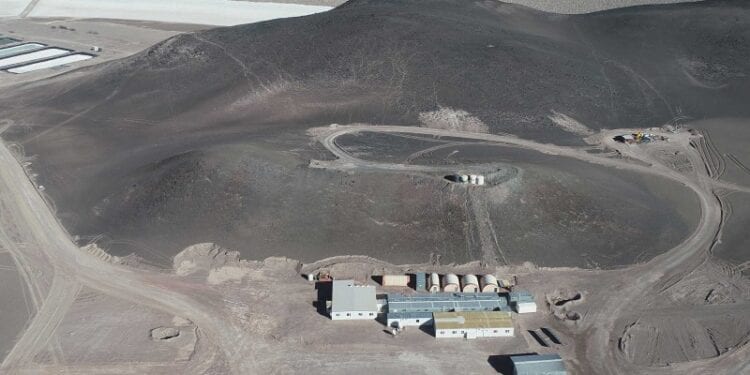Significant Update Of Measured And Indicated Resources In High-Grade Zone
Neo Lithium Corp. (TSXV:NLC) has unveiled a significant update of the resource estimate for the Tres Quebradas lithium brine project in Catamarca Province, Argentina, also known as the 3Q Project.
President and CEO, Dr Perez, said that based on this updated mineral resource estimate, the 3Q Project deposit continues to improve, confirming that it is one of the largest and highest-grade lithium brine deposits in the world.
Since the completion of the previous mineral resource estimate in July 2018, the company has continued drilling and has revised the statistical criteria to define measured, indicated, and inferred resources.
Using the new drill holes and revised statistical criteria, the measured and indicated mineral resource categories have increased by 125% at the 800 mg/l lithium cut-off, and by 33% at 400 mg/l lithium cut-off, when compared to the July 2018 estimate. Similar average grades and impurities were observed.
Average density for the brine is 1.217. The low magnesium and sulphate content of the mineral resource is consistent with the previous mineral resource estimate.
“These updated results confirm that 3Q Project is one of the most significant lithium brine discoveries in recent history” said Dr Perez. “We continue to add high quality resources to the 3Q Project and there is still incremental value and growth at this world-class high-grade resource.”
Neo Lithium’s wholly-owned 3Q Project is within an elongated salar, 28 km in length that contains a high-grade resource in the northern third of the salar, roughly defined by the 800 mg/l cut off, and a medium-grade resource in the southern two thirds of the salar, within the 400 mg/l cut off.
“The high-grade resource is strategically important because it requires smaller evaporation ponds to put the project into production. Since the pond size is geometrically related to grade, increases in grade have a significant impact in decreasing capital costs of pond construction. Ponds can represent up to 50% of the capital cost of an evaporative lithium brine project.
“Therefore, an important design goal of the project is to minimize pond size.
“We are very pleased with these updated results, which highlight further upside at the 3Q Project. However, this development does not take away focus from our ongoing work toward the completion of the Feasibility Study in Q3,” said Gabriel Pindar, COO of Neo Lithium. “These results emphasize the potential for further expansion, even beyond what we originally thought.”
Feasibility Study Update
The company is working with Worley on the Feasibility Study for the 3Q Project. The current larger mineral resource estimate is not expected to negatively impact the new reserve estimation and mine plan that will be delivered as part of the Feasibility Study. The company does not expect mineral extraction methods to change as a result of the increased mineral resource estimates, as the grade and location of the mineral resource remains substantially the same. Accordingly, the 2019 “Preliminary Feasibility Study (PFS) is still relevant and valid as a preliminary indication of the economic potential of the 3Q Project.
A new reserve estimate will be issued along with the Feasibility Study, to be completed by Worley at the end of Q3 – beginning of Q4 2021.
“We have completed all base engineering work and issued proposals to receive vendor budgetary quotes to start compiling the Feasibility Study Capex estimate. At this stage we remain within the parameters of the PFS Capex and we do not expect major changes or deviations from it beyond the accuracy of the PFS estimate,” Dr Perez said.
“Our expanded pilot ponds have been commissioned and are fully operational. We will be reconfiguring the pilot plant to reflect continuous operation as part of our operational testing procedure.
“Both systems have provided valuable information in support of the Feasibility Study and are serving as training grounds for our team in Argentina. We are proud to announce that we have now reached 20% of our future permanent staff, in full compliance with our Environmental, Social and Governance (ESG) goals, providing training and work opportunities to local people, and thus strengthening the relationship with our local community.”












